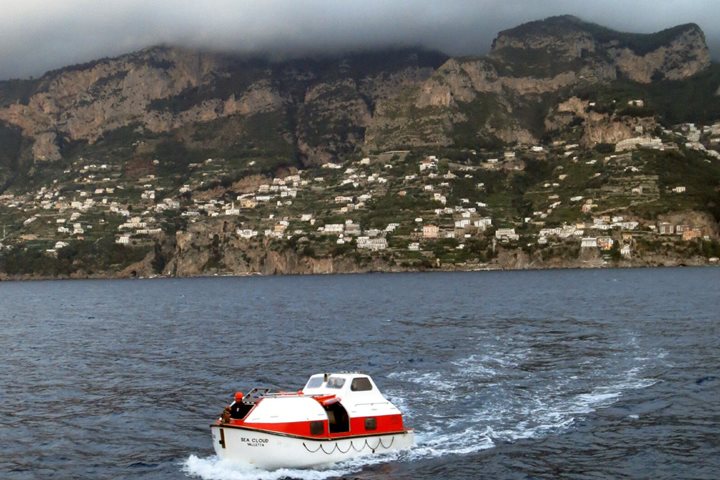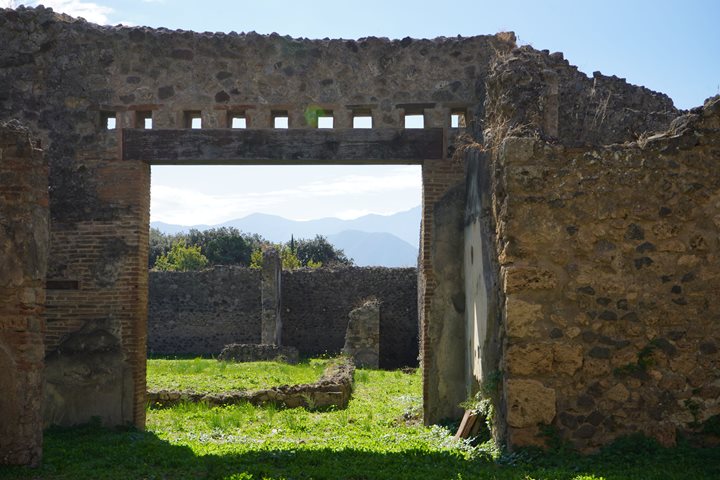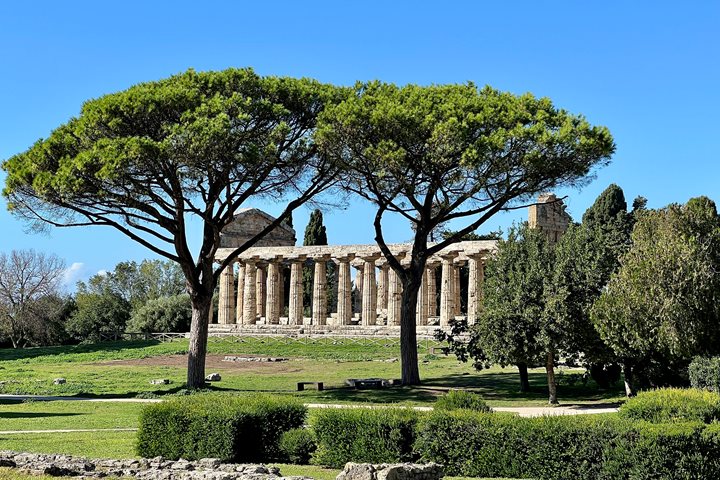Amalfi is a beautiful town, as beautiful as its name and the legends and history associated with it. Amalfi was the nymph Hercules fell in love with, and it was the capital of the maritime republic known as the Duchy of Amalfi, an important trading power in the Mediterranean between 839 and around 1200.
The relics of Saint Andrew, the Apostle, are kept at its cathedral, and it is believed that this town was one of the first centers of paper making in Europe, a skill acquired from the Arabs. The hand-made thick paper they still produce is called “bambagina” (bambagia means cloth in Italian). It is exported to many European countries and America, and has been used throughout Italy for wedding invitations, visiting cards, and elegant writing paper.
The Amalfi coast is famed for its production of limoncello liqueur, and the area is a known cultivator of lemons. The correct name is "sfusato Amalfitano," and they are typically long and at least double the size of other lemons, with a thick and wrinkled skin and a sweet and juicy flesh without many pips.
Amalfitan war galleons were among the largest to be found in the Mediterranean during the Early Middle Ages. It is hard to believe that they were built in this narrow bay, at the foot of Monte Cerreto.
We explored it all, absorbing the colors, flavors, legends, knowledge, and smells. It was a morning to celebrate life in a busy and colorful destination. In the afternoon we learned from our lecturers. National Geographic Certified Photo instructor Jose Calvo gave a presentation about iPhone photography. Lindblad historian David Brotherson spoke about Pompeii, and National Geographic historian Bill Saturno gave a lecture on “Acts of Creation Written Among the Stars.”
Tonight, we will leave mainland Italy behind to get into the Aeolian Islands in the Tirrenian Sea. I will offer star gazing underneath the spectacular sky with constellations that remind us of playful gods and goddess of old times.







